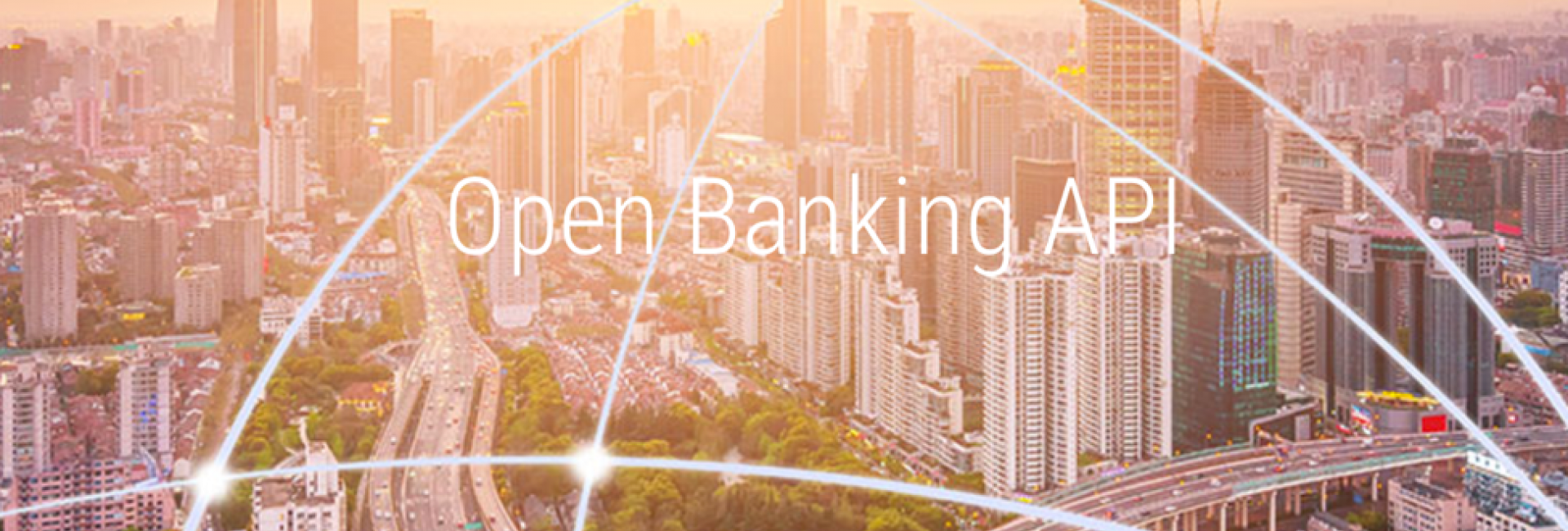Open Banking is a new set of regulations in the UK that were created to give consumers more control over their money. The Competition and Markets Authority (CMA) issued new rules that would allow consumers to more easily manage their money, switch accounts to find the best deals for their particular needs, as well as avoid high overdraft charges. These new regulations will go into effect in January 2018. As part of the Open Banking regulations, the CMA set a package of remedies to increase innovation and improve competition in retail banking. This includes a requirement for the nine largest current account providers to make available to authorized third parties – customer consent and secure access to specific current accounts in order to read the transaction data and initiate payments.
Following an Open Banking Summit in London this past May, Jason O'Shaughnessy, Senior Vice President, EMEA and Australia at Envestnet® | Yodlee®, joined host Nick Cabrera, co-founder of the Event Creation Network, to talk about what Open Banking will mean for British banks and fintech innovators. Since 1999, the Envestnet | Yodlee Data Aggregation Platform has enabled open data access to consumers, making it easy for them to access their own financial data across a number of platforms for online accounting and personal financial management. Envestnet | Yodlee has also worked to improve the lending process by giving lenders real-time bank statement data for affordability and income verification checks. Jason said the company has been preparing for PSD2 — the second Payment Services Directive created by the European Union — by providing Open Banking APIs that European partners will need, and making them available to financial institutions and developers. Envestnet | Yodlee can also help financial service providers migrate users from their current system to the newer, more accurate, and faster systems with fully RESTful APIs. The PSD2 will revolutionize how payments are made, from ordering items online to the information consumers see when they make a payment. The goal is to make financial application user experiences as seamless as possible. For example, a consumer can use a payment service or mobile app, link a bank account through an API, and then link to that financial institution again to bring in data from any other accounts you hold with it.
Nick and Jason also discussed whether Open Banking will negatively affect payment service providers such as Visa and MasterCard, since they won't be able to charge for a lot of their services anymore. To learn more about Open Banking coming in January 2018 and what it means for financial institutions and fintech companies, register for this on-demand webinar. Financial institutions can share data with third party developers and innovate as fast as today’s non-banking digital innovators – all while meeting the most stringent security regulations. To find out how, download this whitepaper on The Open Banking Opportunity.




